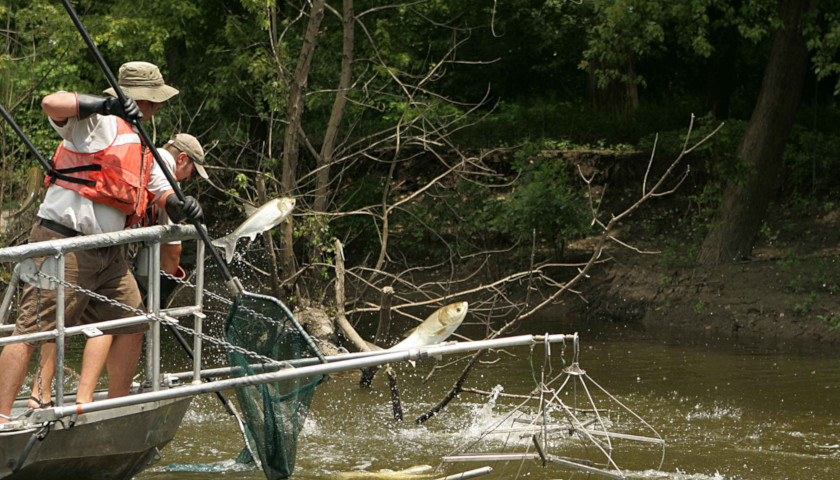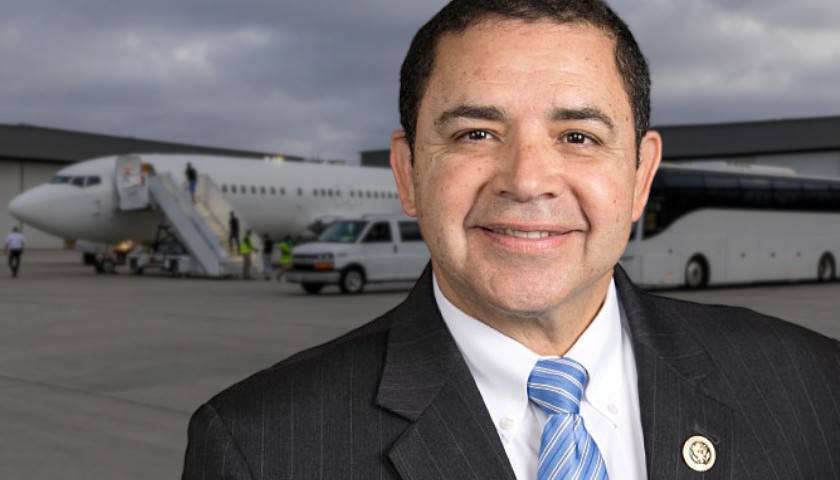The federal government estimates that a project aimed at keeping an invasive species out of the Great Lakes would cost $778 million, but wouldn’t be complete until 2025 or 2027.
The project, which would include upgrades at a Joliet, Illinois lock and dam to prevent Asian carp from entering the Great Lakes, was initially estimated at a cost of $275 million, but now that number has nearly tripled.
And the estimated cost wouldn’t include yearly maintenance, public education, and the like, all of which would add an additional $11.8 million in annual fees, according to a new report from the U.S. Army Corps of Engineers. Their report attributes the rise in cost to “additional engineering and design completed” since the release of its draft report.
According to The Detroit News, which offered an extensive summary of the project, the Army Corps said it has already received more than 1,400 comments about the project, many of which expressed hesitation about its cost.
The Asian carp does pose a serious threat to the Great Lakes ecosystem, according to the National Oceanic and Atmospheric Administration (NOAA), which explains that the species has a rapid reproduction rate and consumes the same food eaten by native fish.
Due to these factors, and “their relatively large size,” Asian carps “have had devastating impacts on native fish populations.”
“There is concern that if bighead and silver carp [a species of Asian carp] enter the Great Lakes, they may cause significant ecosystem damage,” NOAA predicts, noting that the Asian carp already has a dominant presence in the Mississippi and Illinois Rivers.
As such, upgrades to the Brandon Road lock and dam in Joliet could prevent their further migration. These upgrades would include new electric barriers as well as “bubble curtains” that create turbulence in the streams to prevent the invasive species from entering.
The Detroit News reports that 65 percent of the costs would be covered by the federal government, while the remaining costs would be paid by the state of Illinois. The funding would ultimately need to be approved by Congress.
– – –
Anthony Gockowski is managing editor of The Minnesota Sun. Follow Anthony on Twitter. Email tips to [email protected]




